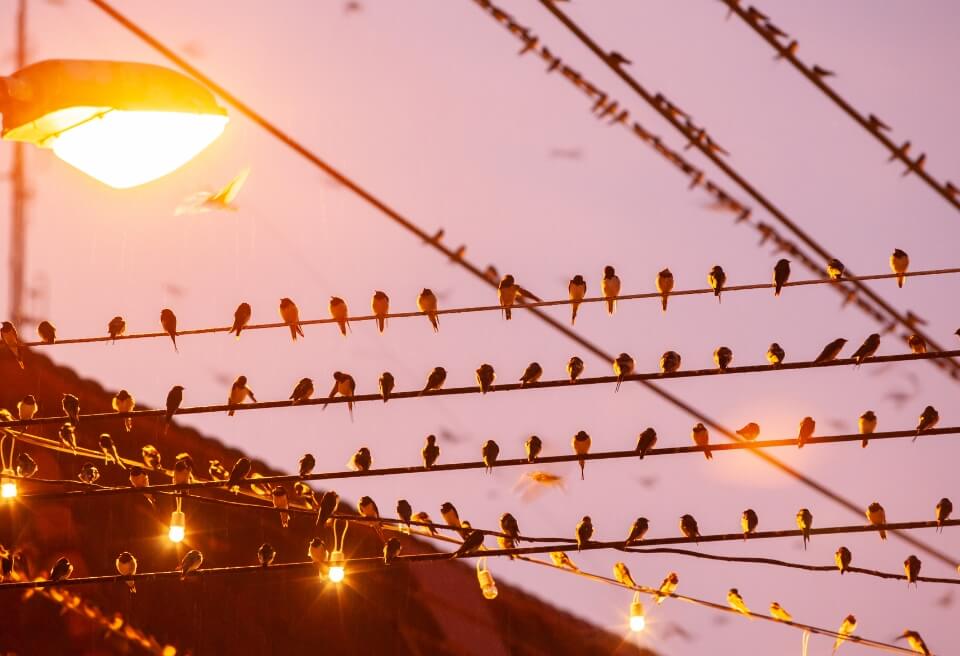See our world
in a whole new light.
Wildlife + Plants
Reduce the negative impacts of artificial lighting on the ecosystem.
“Endless days”
The introduction of artificial light at night (ALAN) has had a profound impact on our environment. As light illuminates our communities and roadways during the night time hours, the darkness of night, essential to many plants and animals, is being replaced by “endless days”. Insects and animals of all sizes, crops and other plants, marine life, and humans all need the rest and down-time that darkness provides. The challenge of protecting these resources is immediate and complex.
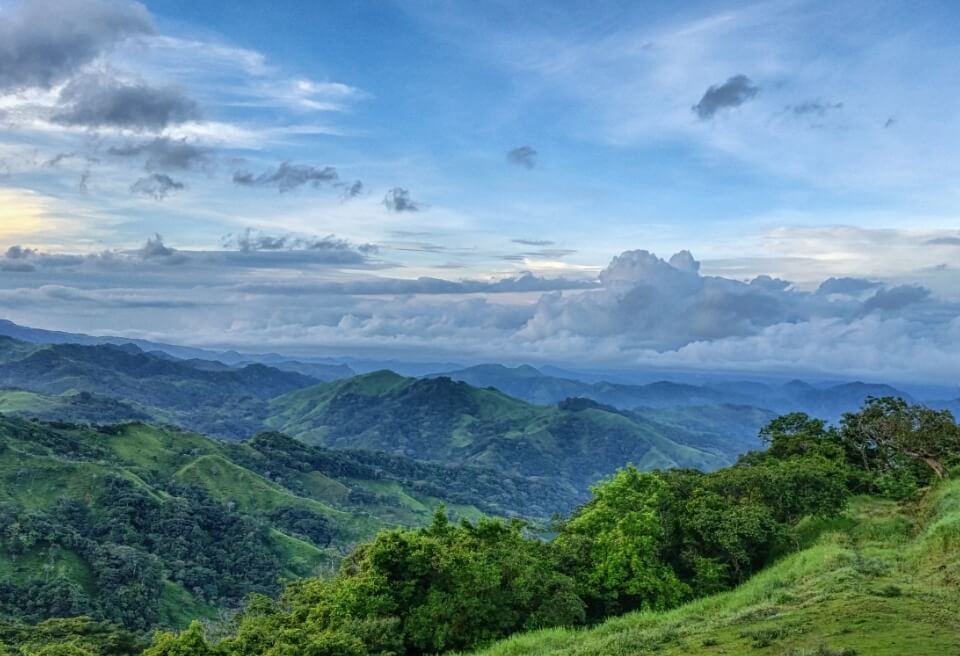
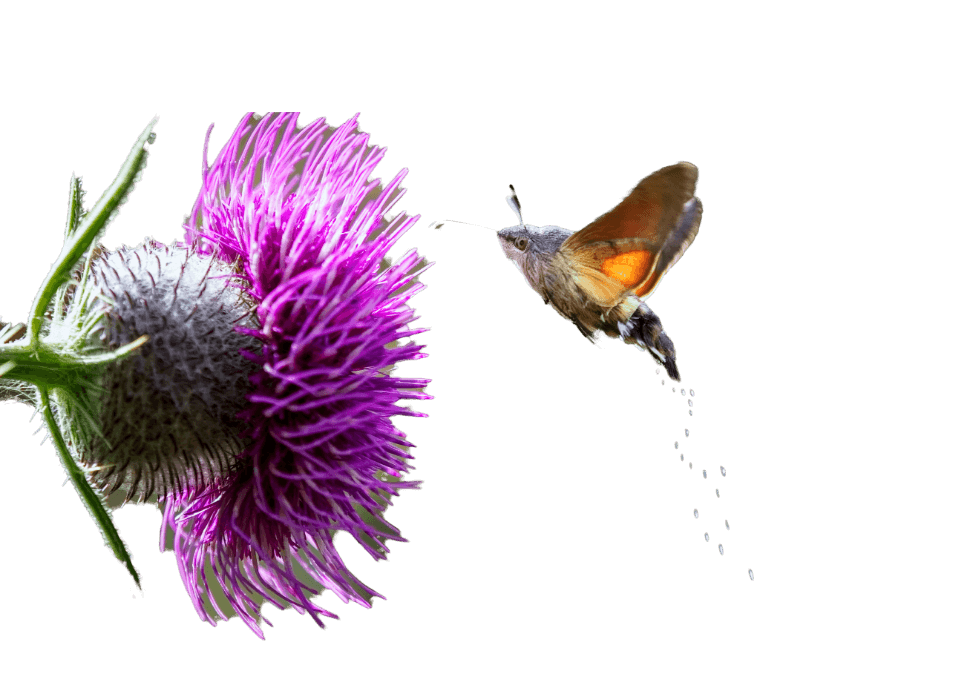
The significance of darkness
Without darkness at night, animals, insects, and birds can become vulnerable because they confuse artificial lights with reflected moonlight. For example, in Hawaii, Shearwater birds mistake the brightest lights for sources of food. Newly hatched turtles often mistake artificial lights for light reflected off the ocean; instead of crawling to the safety of the ocean, they move toward these lights and additional danger from motorists and predators. Insects and mosquitoes are also attracted by certain ranges of the light spectrum, and these can put people at risk of infections and diseases such as Zika, Malaria, and EEE.
Moths & artificial lights
Many creatures are nocturnal in nature, sensitive to the faint natural light of the moon or bioluminescence as cues or guides in their life cycles. The moth may seem insignificant at first glance, yet it is responsible for pollination of many food crops. As ALAN increases, research (T Longcore) has found that the blue portion of the spectrum causes the moth to become disoriented. Predatory bats hunt these moths as their food source, and when a moth hears the bat’s approach it dives to the ground for cover. With the disorientation caused by artificial blue light, especially traditional LEDs, the moth is unable to go to ground and their numbers are decimated. For this insect and the plants that depend on it, the absence of light matter, and the consequences of improper lighting directly impacts the food supply upon which we rely.
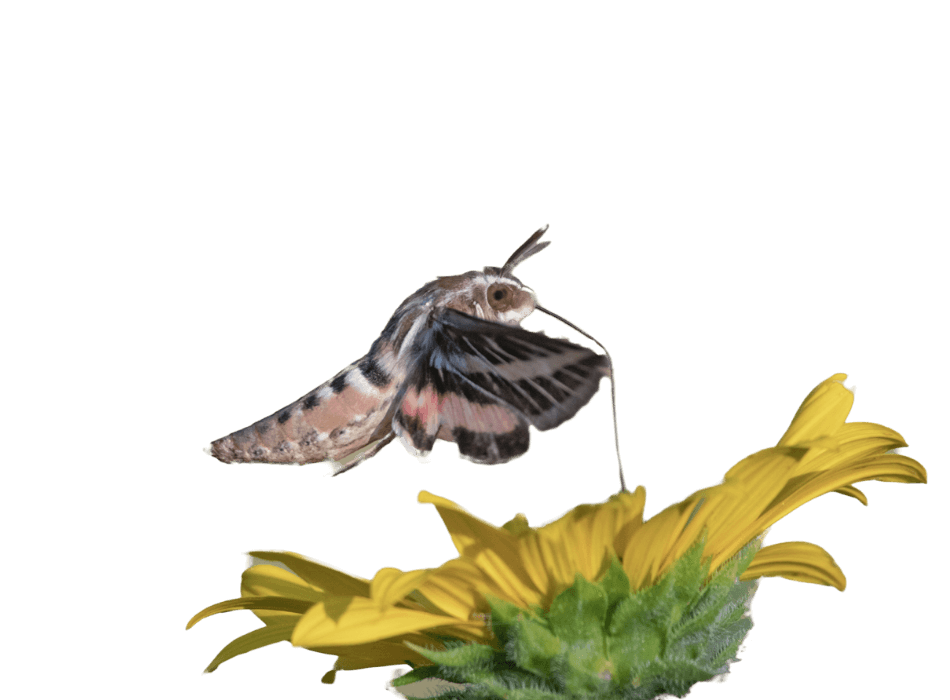
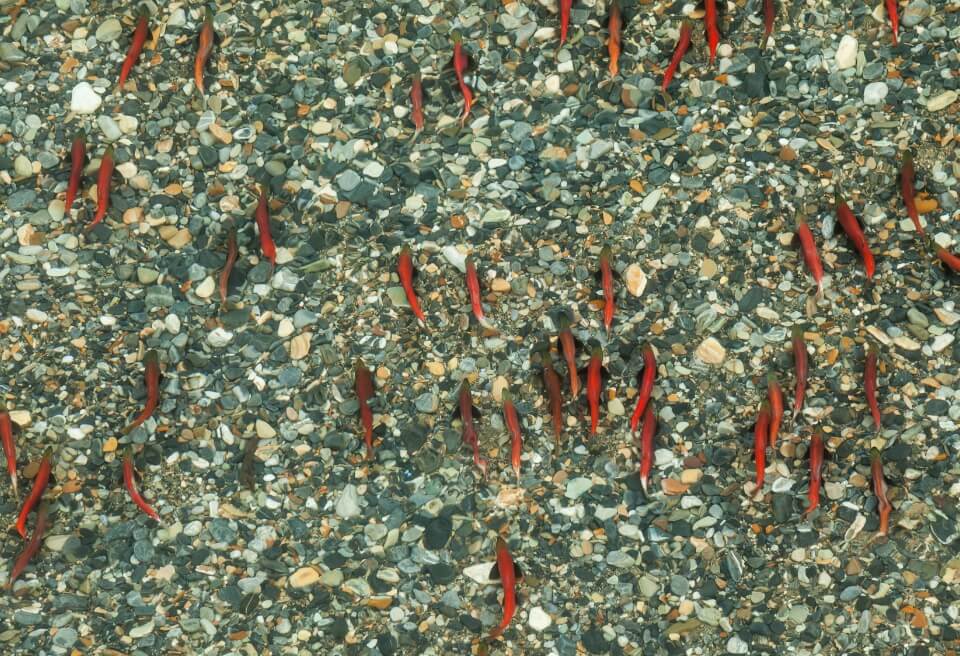
From hunting to migration, blue light can have a detrimental impact on wildlife.
Lighting the wrong way
A bridge above the water, beautifully lit with the latest LED lighting, may seem a logical next step for modern cities. Yet this light, spilling over from above, trespasses into the stream below and plays a major part in destroying fish populations.
In one city, after noting that the blue spectrum before and after an LED light conversion of a local bridge rose from 0% to 8%, scientists observed behavioral changes of salmon. Smelts (tiny salmon spawn) traveling the river to their feeding ground were stopping at the bridge; bathed in the light, they confused this blue with the natural bioluminescence of their normal food supply that also reflects the blue spectrum. Thus, they did not continue traveling on their migration route, dying without completing the natural life cycle.
Indeed, in nature, many marine creatures rely on the blue-spectrum bioluminescence emitted by their prey or food source. Shearwater birds look for schools of bioluminescent fish at night as they hunt, and the introduction of unnatural blue light into the night disorients the birds and has decimated populations of the protected species. The liberal and irresponsible use of lighting has an immediate and important impact on the natural world around us. The appropriate use of spectral-controlled lighting is an opportunity for good stewardship of our environment.
Healing with light
C&W Energy Solutions is committed to developing the best lighting technology through the latest research. We are on the cutting-edge of this revolution, pushing the limits of what lighting can do. Whether it be promoting healing, preventing disease, stimulating growth, or enhancing performance, C&W Energy Solutions is making major strides toward controlling the spectrum of lighting to minimize harm and maximize benefit for humans, wildlife, and plants.
More than mere bandages and sutures, science is now turning its sights toward a greater understanding of how the environment around animals impacts their health. Through meticulous research and scientific trials, we are seeing conclusively the helpful—or harmful—impacts of the lighting spectrum.
